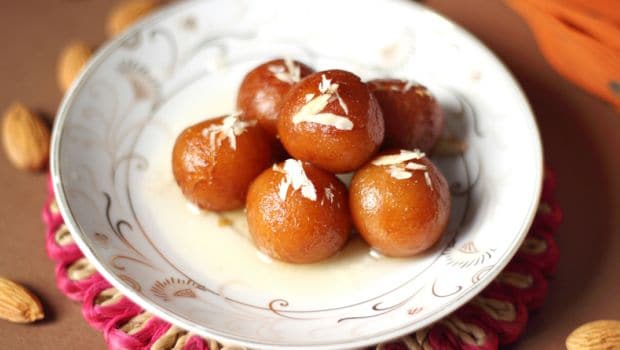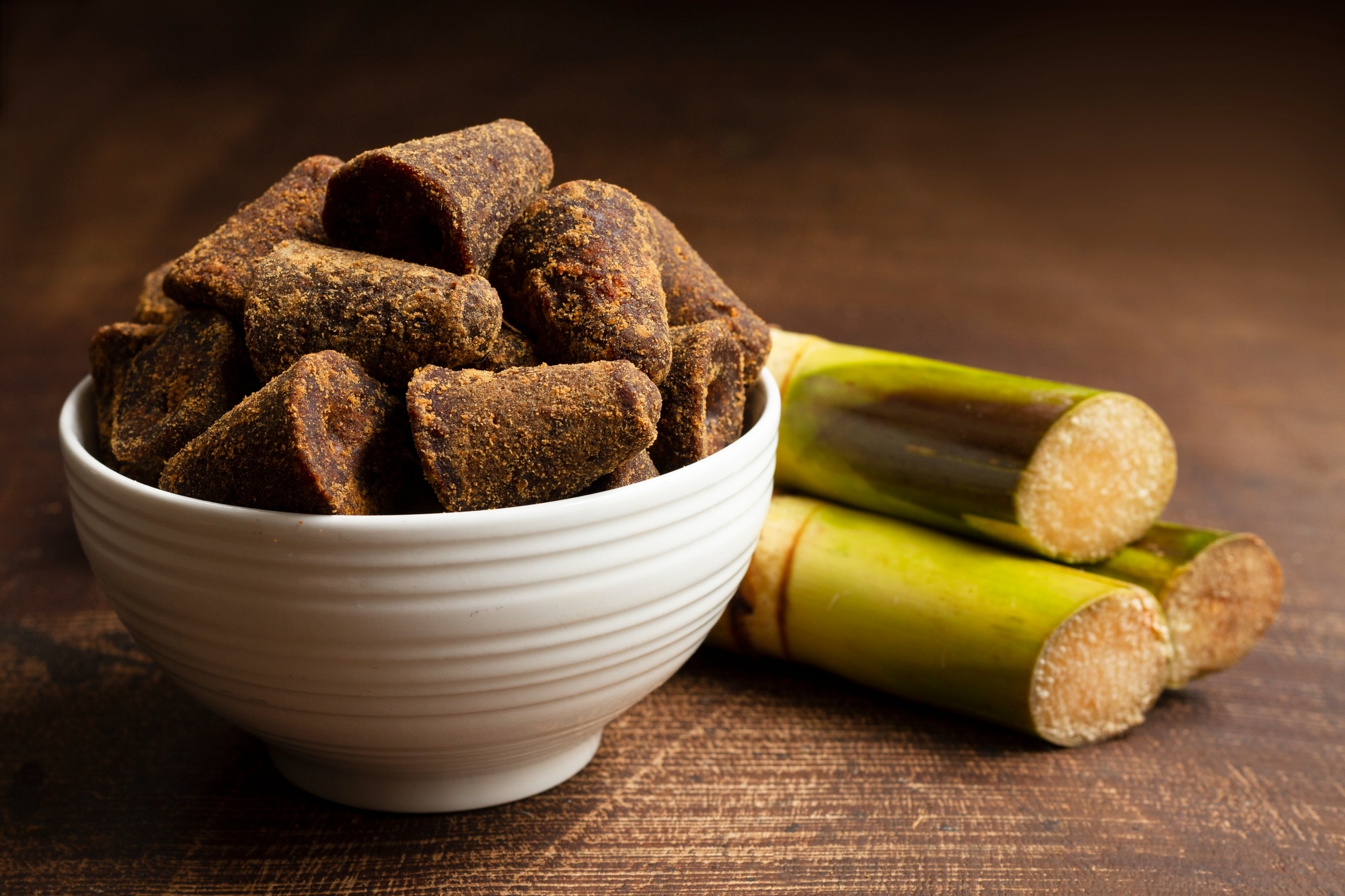The festival of Diwali is finally here and it's time to indulge in scrumptious and decadent desserts with your loved ones. Let's agree, there's something extraordinary about Indian festivals that intensifies our sweet cravings. While the list of mouthwatering Indian desserts is never-ending, one just can't resist indulging in sweet treats like barfi, Rasgulla, Mawa cake, Gulab jamun and many more. Let's agree, options are many, leaving us spoilt for choices. However, if there's one dessert that is simply irresistible and is also loved by almost everyone, then it surely is the ever-popular Gulab Jamun. Round and fried balls, dipped in the sugar syrup and topped with kesar strands and some dry fruits, gulab jamuns are indeed an instant mood-lifter since time immemorial. This is also why many of us order it via food delivery apps.
Also Read: 11 Quick Diwali Sweets Recipes | Quick & Easy Diwali Sweets Recipes
You all must have tried the usual Gulab jamun. Isn't it? Here we bring you a recipe that will spruce up the regular gulab jamun in just no time. This recipe is known as Angoori Gulab Jamun. Wondering why it is known as Angoori Gulab Jamun? Well, let us tell you. These Gulab jamun are smaller as compared to the usual ones. This is why it is referred to as angoori, comparing to the size of grapes (angoor). Sounds much interesting? So, without any further ado, let's learn how to make these cute little angoori gulab jamun at home.

Here's How You Can Make Angoori Gulab Jamun | Angoori Gulab Jamun Recipe:
To prepare this recipe, all you need to do is prepare the dough with milk powder, flour, baking powder, and ghee in a bowl. Meanwhile, prepare sugar syrup by combining sugar, water, cardamom pods, and saffron strands into a wide pan. Bring it to a boil.
Now take a little portion of batter and deep fry them until golden brown. The last step is to add the prepared balls into the syrup. Wait for some time until the balls soak the syrup. Your Angoori jamun is ready!
Click here for the step-by-step detailed recipe of Angoori Jamun
Top this dessert with pistachios and kesar strands. It tastes the best when served with rabri. If you want readymade rabri, you can order it online. However, you can also enjoy it as is. Try this recipe this festive season and impress your guests in no time.
Disclosure: This article may contain links to third-party websites or resources. However, this does not affect the integrity of the content, and all recommendations and views are based on our independent research and judgment.












